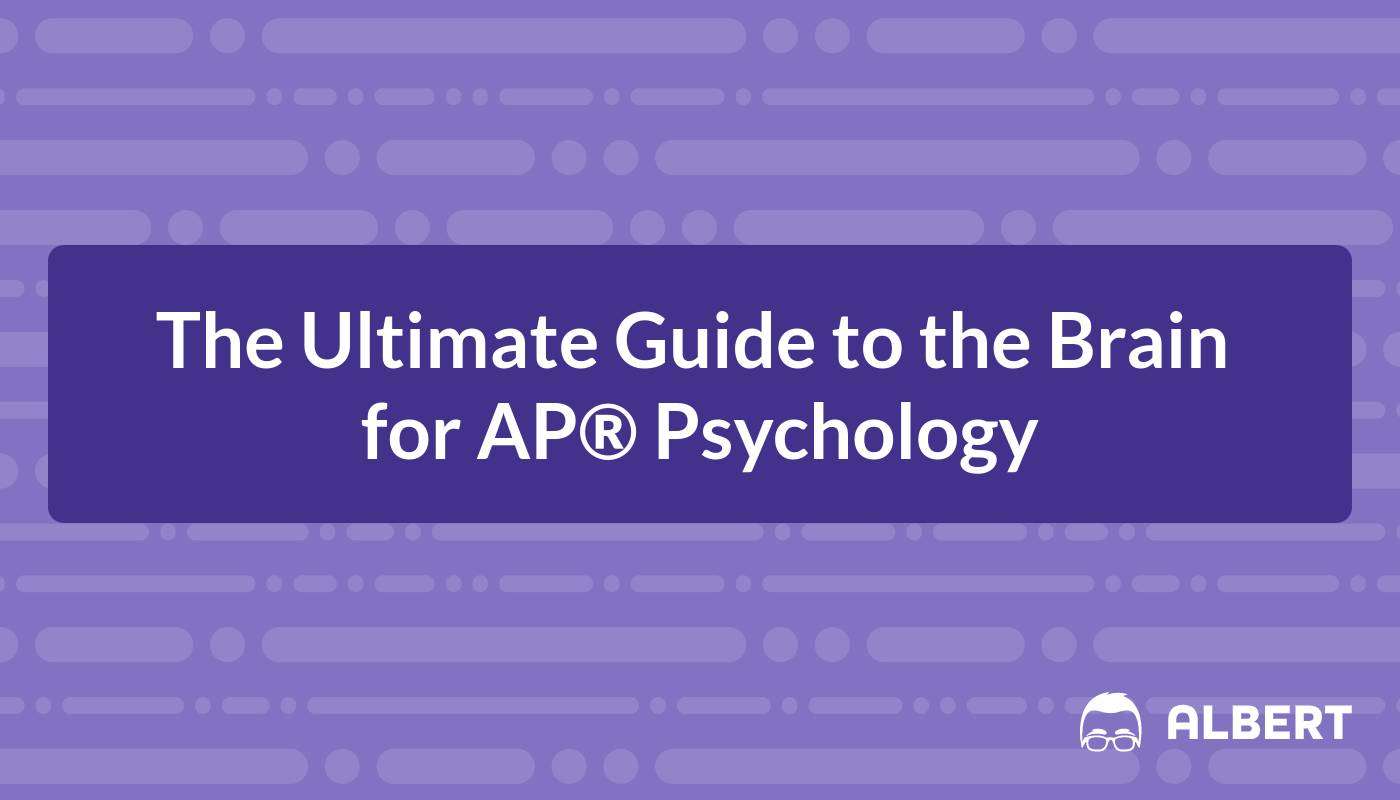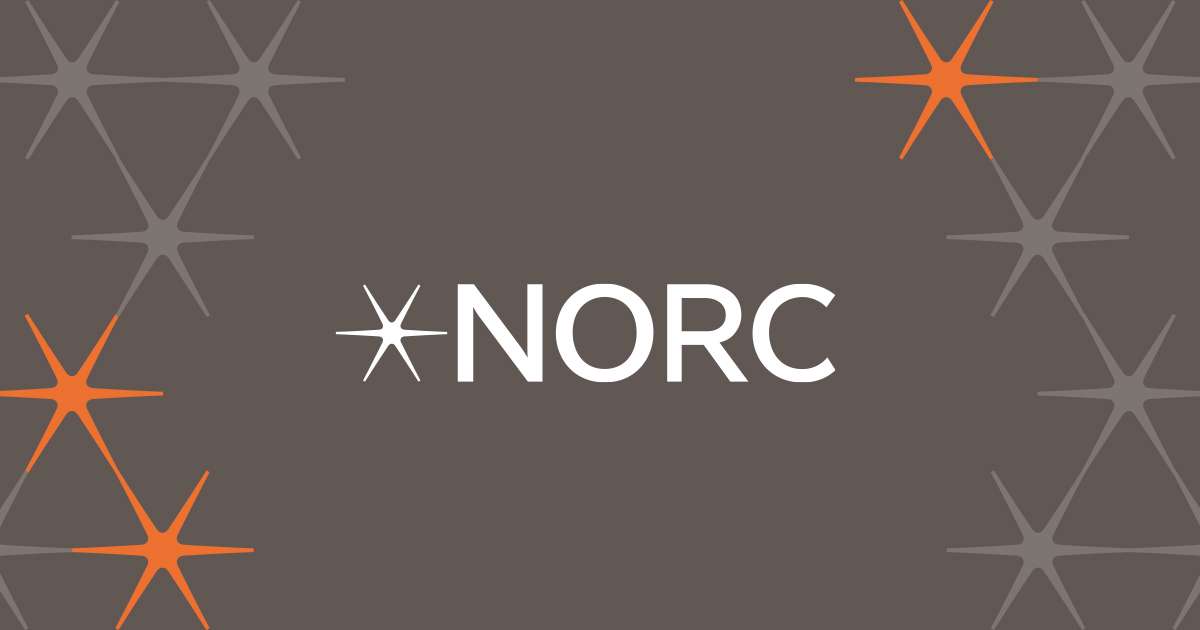As the most complex and advanced organ in the human body, the brain has fascinated scientists for centuries. In particular, the cerebral cortex – the outermost layer of the brain – has captured the attention of researchers due to its crucial role in a wide range of human behaviors and cognitive processes. In this article, we will explore the fascinating world of the cerebral cortex and its function in AP Psychology.
What is the Cerebral Cortex?
The cerebral cortex is a thin, convoluted sheet of gray matter that covers the surface of the brain. It is divided into two hemispheres, each of which has four lobes: the frontal, parietal, temporal, and occipital lobes. The cerebral cortex is responsible for a variety of essential functions, including:
- Sensory perception
- Motor control
- Language
- Memory
- Attention
- Awareness
It is also involved in more complex cognitive processes such as decision-making, problem-solving, and reasoning.
Anatomy of the Cerebral Cortex
The cerebral cortex is made up of six layers of neurons. The outermost layer, which is the closest to the surface of the brain, is called the molecular layer. It consists mainly of small nerve cells and dendrites. The next layer, the outer granular layer, contains larger nerve cells and is responsible for processing sensory information. The inner granular layer is involved in creating associations between different types of sensory information. The pyramidal cells, which are found in the most deep layers of the cortex, are responsible for signals that travel out of the cortex.
Functions of the Cerebral Cortex
The cerebral cortex is involved in a wide variety of complex functions. For instance, the frontal lobe is responsible for complex thinking, such as decision-making and problem-solving. The parietal lobe processes sensory information related to touch, temperature, and pressure. The occipital lobe is responsible for processing visual information, while the temporal lobe processes auditory information and is involved in memory.
In addition, the cerebral cortex plays a crucial role in learning and memory. It is responsible for the creation and storage of long-term memories, and it helps us retain and retrieve information that we have learned in the past. The cerebral cortex also plays an essential role in attention and awareness, allowing us to focus our attention and become aware of our surroundings.
Disorders and Damage to the Cerebral Cortex
Damage to the cerebral cortex can result in a variety of disorders and impairments. One example is aphasia, a language disorder that affects the ability to use or comprehend language. Damage to the parietal cortex can cause apraxia, a disorder that impairs one’s ability to carry out learned movements and gestures. Damage to the temporal cortex can result in amnesia, a type of memory loss that affects the ability to recall past events.
In addition, disorders such as Parkinson’s disease and Huntington’s disease can lead to damage to the basal ganglia, a structure located within the cerebral cortex that plays a crucial role in movement control. Damage to the basal ganglia can result in motor impairments and tremors.
Conclusion
The cerebral cortex is a fascinating and complex structure that plays a crucial role in a wide variety of cognitive and behavioral processes. Its importance in AP Psychology cannot be overstated, as it is involved in learning, memory, attention, awareness, and much more. Understanding the anatomy and functions of the cerebral cortex is essential for students of AP Psychology and anyone interested in the workings of the human brain.



